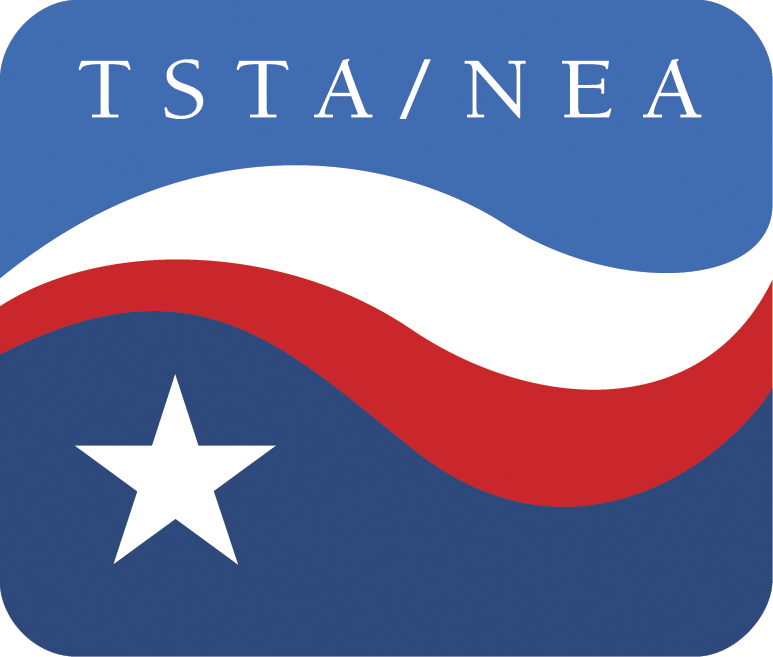There is nothing “healthy” about competition from charter chains
It is a myth without a grain of truth, but it won’t go away. The myth is this: Competition between charters and traditional, neighborhood public schools is “healthy” for students and their families.
Bunk. The only things getting healthier are the bank accounts of the investors behind the corporate-style charter chains that are increasing their presence in Texas and the private management companies that operate the schools.
Charter advocates are at the forefront of the school privatization effort in Texas, and one of their loudest mouthpieces is the Texas Public Policy Foundation, which is intent on starving public schools – and many other public services – and replacing them with profit centers for investors eager to cash in on our tax dollars.
“Because charter schools are another school option for many students, they help provide a crucial impact on education in Texas – competition. Competition drives growth, innovation and it improves results,” a legislative fellow with the Texas Public Policy Foundation claimed in a recent oped.
In truth, the only competition that corporate charters drive is a competition – a sort of feeding frenzy from the public trough – to create more charters. And it doesn’t improve results for most Texas school children.
Repeated studies have shown that charters, on average, are no better than traditional public schools, and some are much worse. Consider the first-year results of Texas’ experiment with SB1882, the 2017 law enacted to improve struggling campuses by turning them over to charters and nonprofits. Twelve schools were in the first group placed in SB1882 partnerships, and seven received F ratings from the Texas Education Agency this year, according to a recent story in The Texas Tribune. Four schools received worse ratings than they did in 2017-18, before the interventions.
Charters received more than $2.2 billion in state revenue in 2017 alone, and much of that money went to charters operated by for-profit management organizations that don’t have to answer to parents or other voters, don’t have to hire certified teachers, don’t have minimum salary requirements, don’t have class size limits, don’t have to accept every child who applies and don’t have to provide bus service.
Competition? The competition is among charter chains for a bigger and bigger slice of the tax pie – at the expense of neighborhood public schools. Every time a student leaves a neighborhood public school for a charter, he or she takes a pile of tax revenue to the charter. And the school districts they leave remain stuck with fixed expenses – utilities, building maintenance, transportation costs – that don’t go down as the student enrollment decreases.
Neighborhood schools are being closed, and competition from aggressive charter operators is a major reason. That is not healthy for students or taxpayers. And neither is the racial segregation of schools that the charter movement is exacerbating.
More than 60 years since the U.S. Supreme Court’s landmark desegregation decision in Brown v. Board of Education, it is no secret that many schools in Texas and the United States remain segregated by race, class and economic factors. But a new study, published a few weeks ago in the Journal of Education Sciences, says national data show that “nowhere is the problem more acute than in the nation’s charter schools.”
The authors – Julian Vasquez Heilig of the University of Kentucky (formerly of UT-Austin), T. Jameson Brewer of the University of North Georgia and Yohuru Williams of the University of St. Thomas – report that the problem “is not simply explained away by locality or demography.”
Some charter supporters, they note, try to downplay the issue by emphasizing the need to provide greater choice to low-income and minority students as a means of achieving equity in educational outcomes regardless of the racial composition of a school. But the authors cite research that charters, like traditional public schools that serve predominantly poor students of color “do so with reduced resources, less academic vigor, in the form of limited access to advanced coursework and largely untrained or inexperienced teachers.”
“Nationally, we find that higher percentages of charter students of every race attend intensely segregated schools,” they report.
This condition isn’t healthy for education, children…or the future of democracy.

0 Comments